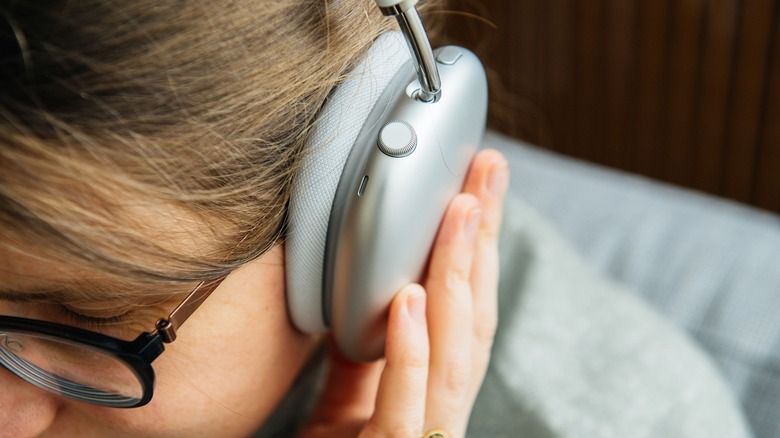Active Noise Cancelling Explained: How It Works
There are usually two factors that can either make or break your music listening experience — sound quality and isolation. The former mostly depends on the size of the drivers, frequency response, impedance, and the overall build quality of the headphones. When it comes to isolating outside noise, however, there are largely two solutions headphone manufacturers opt for — active and passive noise cancellation.
Passive noise cancellation simply leverages the snug fit and closed-back construction of headphones to prevent outside noise from leaking into your ears. This is why you typically experience a fuller sound stage with earphones like the AirPods Pro that have silicone tips to completely seal your ear canal, versus something like regular AirPods that loosely sit in your ear.
You'll often notice the letters ANC — for active noise cancellation — sprinkled throughout a headphone's marketing material, and especially if you look at the premium end of the range. However, with so many good headphones that support noise cancellation, options appear at nearly every price point now. Nonetheless, what exactly is ANC, and is it worth paying a little higher for?
What is active noise cancellation?
The way you hear music, or any type of sound for that matter, is through audio waves created by vibrations in the air. These vibrations cause the particles in the medium to move, which is then processed by our brains as sound. Active noise cancellation uses a technique called phase inversion which produces a wave of the same frequency and wavelength, but one that's opposite in phase. This causes both the waves to cancel each other out, resulting, theoretically, in silence.
We say theoretically because active noise cancellation requires constant and accurate computing to produce an identical sound wave to cancel out the noise. Headphones, and more recently, earbuds, use dedicated microphones to hear ambient sounds around you at all times. The nifty little gadgets process the sounds, and attempt to reduce the noise by feeding in an inverted sound wave through the drivers. For a cooler explanation — you're essentially hearing anti-noise through an ANC-enabled pair of headphones.
Using ANC with your headphones
This technology has improved in-ear and over-ear headphones alike — with products like the AirPods Pro, Google Pixel Buds Pro, and the Bose QuietComfort Earbuds II some of the best noise cancelling earbuds you can buy. One thing to keep in mind is despite splurging on expensive headphones, active noise cancellation is a setting you need to turn on. There is usually a button on headphones to cycle between the various transparency modes.
Products equipped with active noise cancellation largely depend on three methods to produce anti-noise. Feedforward ANC utilizes the microphones on the outside of the headphones, while Feedback ANC generates the sound wave based on the noise that has already entered the ear cups. A combination of both, Hybrid ANC, is able to filter out both the high and low-frequency sounds more accurately.
Certain headphones or earbuds even let you control the intensity of the noise cancellation, which can be immensely useful if you are sensitive to the highest levels of ANC. The presence of this technology in headphones gives rise to other cool features as well. Transparency modes help amplify sounds of people talking instead of suppressing them, which is something we explore in our review of the AirPods Pro second-generation.


